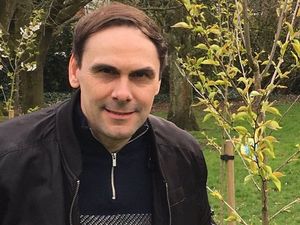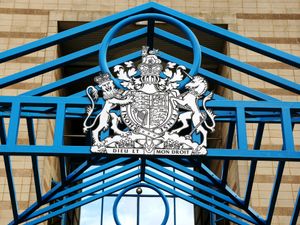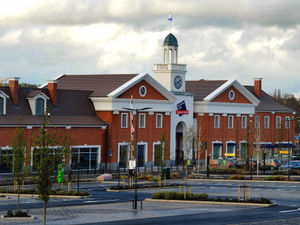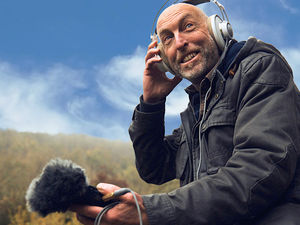How tree planting can help council become carbon neutral by 2050
The planting of two and a half million trees in Staffordshire over the next few years could help the county council achieve its goal of becoming carbon neutral by 2050, a report has revealed.

Staffordshire County Council has already cut its carbon emissions in half since declaring a climate emergency almost five years ago, through “quick wins” such as upgrading old buildings to make them more heat and energy efficient and replacing street lights with low-energy LED bulbs.
But councillors were warned in November that it would be more challenging to continue cutting carbon emissions in future years. A report to Wednesday’s cabinet meeting said there would still be a need to offset 7,000-10,000 tonnes of residual carbon to balance emissions by 2050.
Tree planting is one way to capture and store carbon and is the focus of a report produced by the council’s Climate Change Working Group. Members have gathered evidence from sources including the National Forest to the east of the county and Stafford Borough’s Norbury Park Estate, as well as the Birmingham Institute of Forest Research (BIFOR).
The report, presented to Wednesday’s cabinet meeting, revealed that woodland creation could help boost Staffordshire’s tourism economy as well as capturing carbon emissions. It said: “We found that technology was not yet affordable or available to capture and store carbon, but trees naturally take carbon from the atmosphere and store it, therefore the council could achieve its 2050 commitment by planting 2.5 million trees by 2030.
“It takes approximately 20-25 years of growth for a tree to be able to sequester carbon in large quantities, depending on tree species and other factors, and so the window for planting is now. When trees are felled, the carbon remains in the wood; when wood is burnt the carbon is released and therefore the sequestration is lost.
“Trees are the key to unlock the council’s path to net zero, and there is a need to push forward with tree planting. Rather than looking at this in isolation, the council consider transformation of the area by creating multi-purpose woodlands and creating a concept forest with a pilot of farming, mixed economy, and tourism in Staffordshire.
“The council has an opportunity to work with agricultural colleges and universities to develop skills in forestry and to plant and use a forest which can grow the green economy in Staffordshire. The council has potential for growth in its tourism offer and opportunity to increase visitor accommodation, forest lodges and glamping, increasing well-being of Staffordshire residents and more diversity in the county tourism offer.”
The cabinet has been asked to provide a response to the recommendations made by the group within the next two months. Councillor Simon Tagg, cabinet member for environment, infrastructure and climate change, said: “The report focuses on possible ways that the council can meet its commitment to the environment and support Staffordshire’s economy, while also enhancing the county’s quality of life
“The county council has made strides in reducing its carbon emissions by 50%, but we know we will eventually have to offset some carbon. There are other options to offset carbon – some are blue sky thinking at the moment and as we get to 2050 more options will become available – but for the moment, woodland creation is a suitable alternative to those.
“There is a lot of work already going on through the creation of woodland, which is reducing carbon emissions, and there is a lot we can learn from that. This report is something we take as a cabinet and respond to.”





